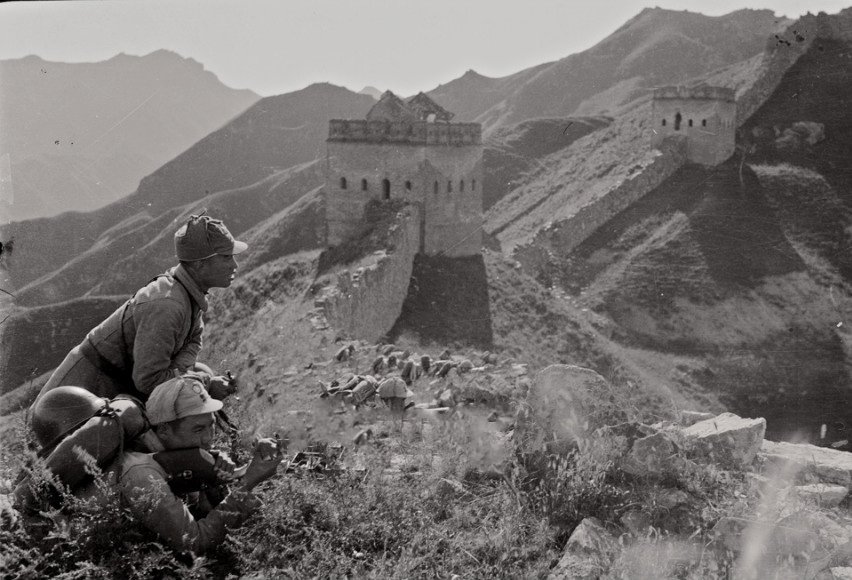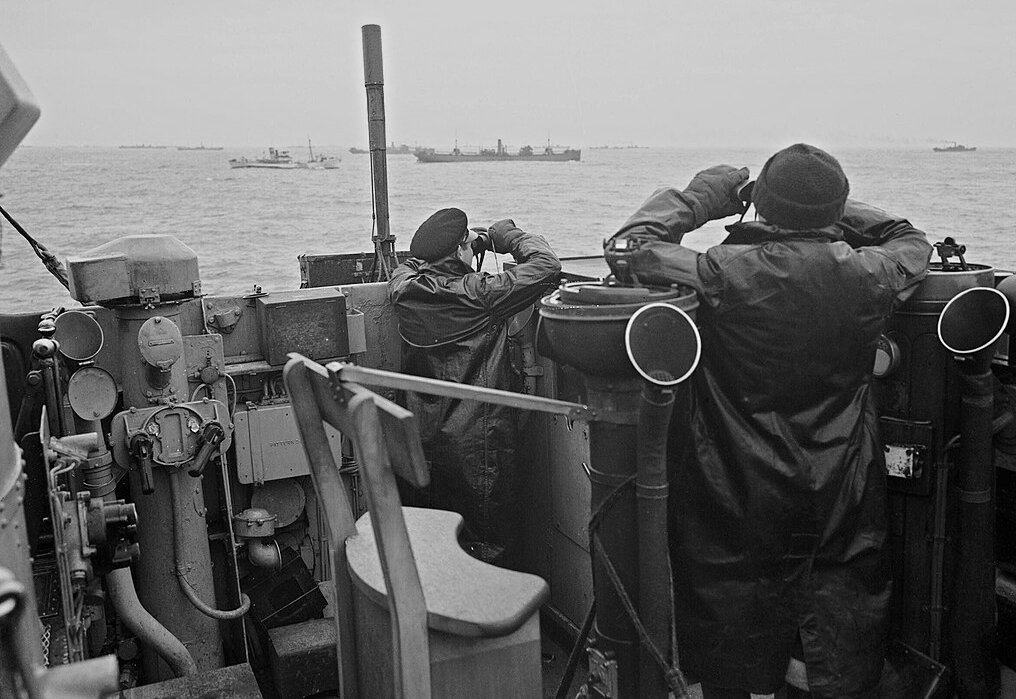WWII Came Down To These 10 Events
Mapping out the entire trajectory of WWII is certainly a complicated task. That being said, if you had to give a brief rundown to someone just starting to get interested in history, these 10 events would do the best job.

Factinate Video of the Day
Japan Invades China
WWII technically began in 1939, but events in Europe and Asia before then certainly signaled the origins of aggression from the Axis. This event in 1937 on behalf of Japan was one of these moments.
Japan Invades China
Japan has been one of the world’s superpowers for decades, but the 1920s was a decade of heavy struggle for the country, in terms of the economy and the morale of the people. This manifested in a desire on behalf of the country for colonial power or a rather blunt display of armed force strength.
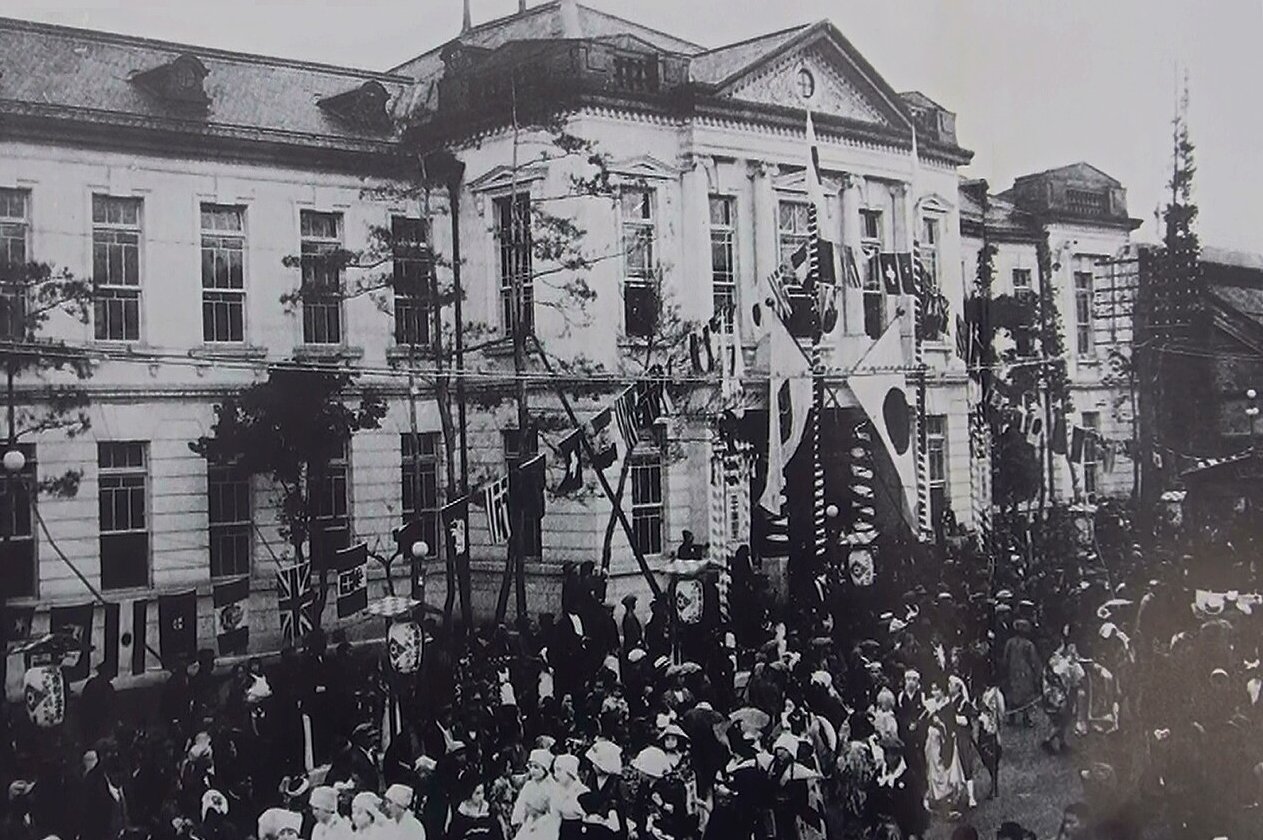 Kokushokankokai, Sakaori, Wikimedia Commons
Kokushokankokai, Sakaori, Wikimedia Commons
Japan Invades China
Japan had set its sights on its rival China to become the superpower of Asia essentially. Thus, in 1937, Japan officially declared war, mirroring the aggression coming from Germany on the other side of the world.
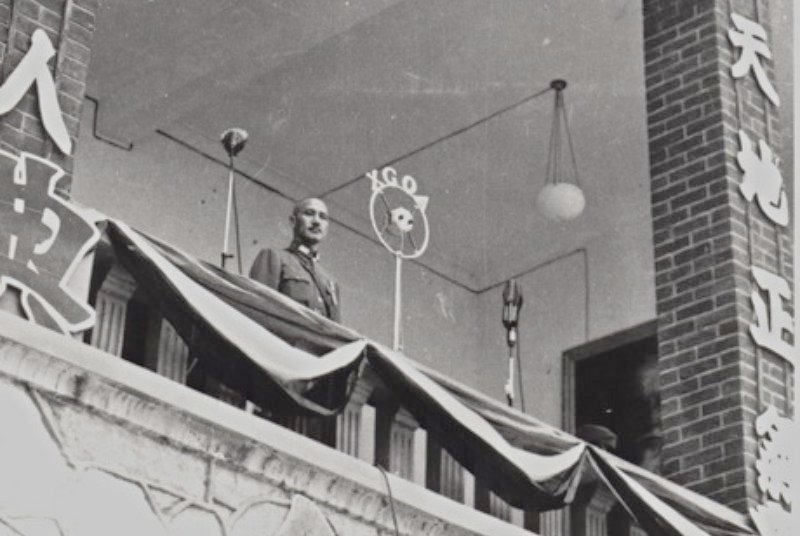 Unknown Author, Wikimedia Commons
Unknown Author, Wikimedia Commons
Japan Invades China
Acting as the aggressor, Japan made clear it had greater ambitions for the rest of the world. The confidence to invade China inspired them four years later, with another seminal event that we’ll get to later in the list.
 Sweeper tamonten, Wikimedia Commons
Sweeper tamonten, Wikimedia Commons
Blitzkrieg
The aggression of Germany had been apparent throughout the 1930s. Yet at the same time, historians note the invasion of Poland on September 1, 1939 the official beginning of WWII.
 Bundesarchiv, Bild 183-H27915, CC-BY-SA 3.0, Wikimedia Commons
Bundesarchiv, Bild 183-H27915, CC-BY-SA 3.0, Wikimedia Commons
Blitzkrieg
The Führer’s ambitions to take over the greatest powers of Europe, like England and France, manifested in the Blitzkrieg. Beginning in May 1940, Germany launched an aggressive assault that saw those countries having to band together quickly.
 Bundesarchiv, Bild 146-1971-070-61, CC-BY-SA 3.0, Wikimedia Commons
Bundesarchiv, Bild 146-1971-070-61, CC-BY-SA 3.0, Wikimedia Commons
Blitzkrieg
The Blitz, as it’s often referred to, was especially difficult for countries to withstand as it essentially functioned as a surprise attack. Germany put out everything in its arsenal, including planes, tanks, and infantry to ground these opponents into submission.
 Bundesarchiv, Bild 183-1987-1210-502, Hoffmann, Heinrich, CC-BY-SA 3.0, Wikimedia Commons
Bundesarchiv, Bild 183-1987-1210-502, Hoffmann, Heinrich, CC-BY-SA 3.0, Wikimedia Commons
Blitzkrieg
“The Spirit of The Blitz” remains a rallying cry in England for solidarity and patriotism in the face of adversity. The country was also lucky to have advanced radar that prepared them for the attack better than other allied countries.
 Malindine E G (Lt), Puttnam L A (Lt), War Office, Wikimedia Commons
Malindine E G (Lt), Puttnam L A (Lt), War Office, Wikimedia Commons

History's most fascinating stories and darkest secrets, delivered to your inbox daily.
Operation Barbarossa
You may have seen a Superman comic book from 1940 that depicts the titular character ending WWII by handing Hitler and Joseph Stalin to the League of Nations. The image at the time was of Germany and the Soviet Union as partners in WWII, which was true from 1939 to 1941.
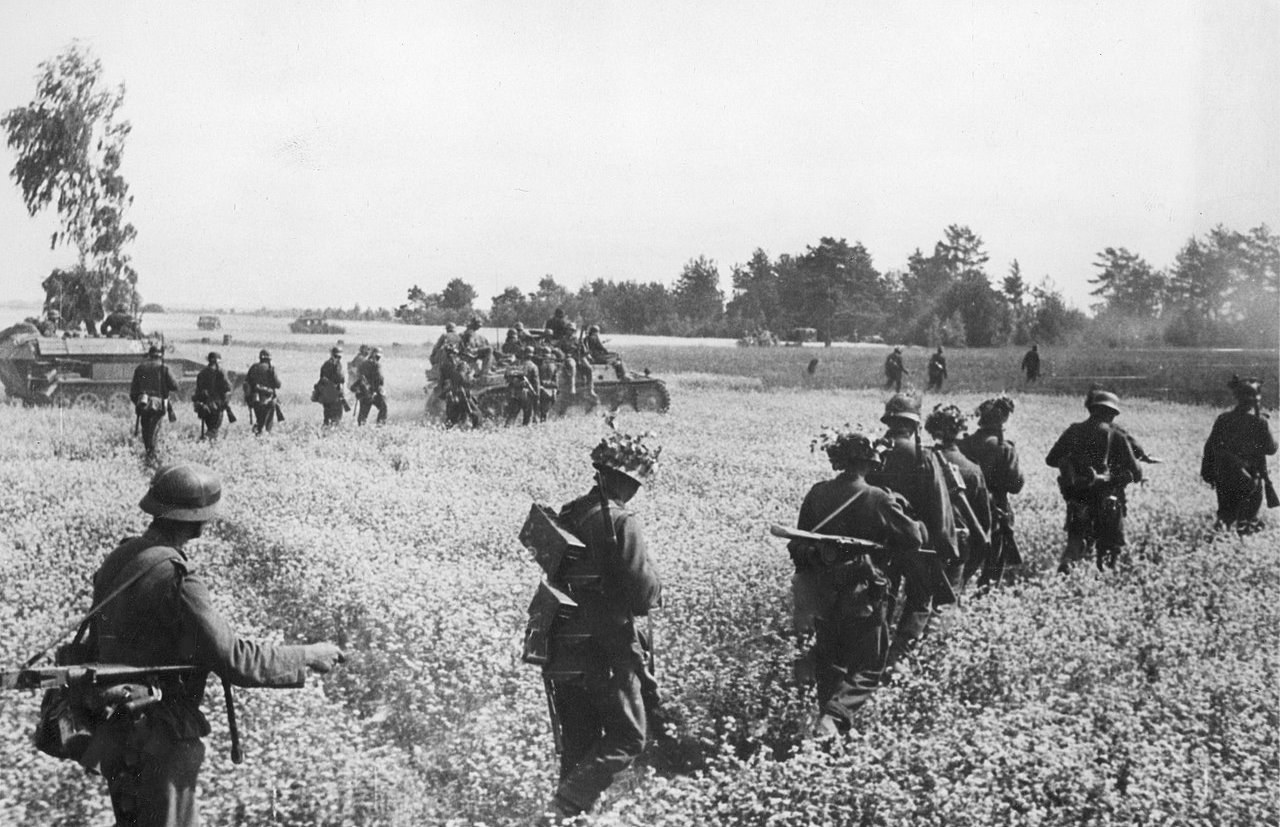 Meyer Fritz, National Digital Archives, Wikimedia Commons
Meyer Fritz, National Digital Archives, Wikimedia Commons
Operation Barbarossa
Germany turned on the Soviets due to the Führer’s megalomaniacal ambitions, as well as extreme anti-semitism. He famously thought that the Soviets’ Bolshevism was a “Jewish” ideology.
 Yevgeny Khaldei, Wikimedia Commons
Yevgeny Khaldei, Wikimedia Commons
Operation Barbarossa
Germany ultimately sealed its fate by launching Operation Barbarossa on June 22, 1941. It was up to Stalin’s Red Army to valiantly fight back against the massive forces of the SS.
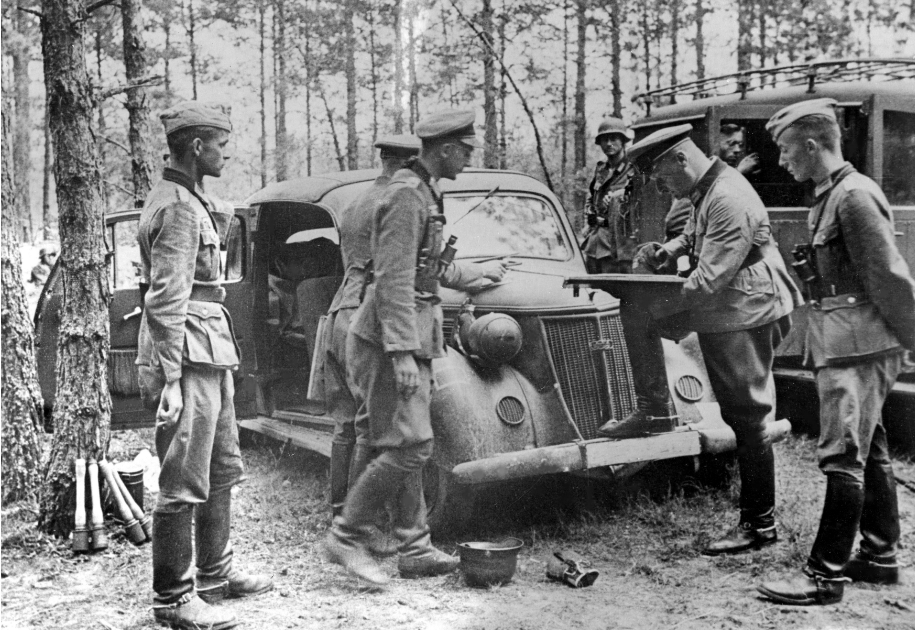 Maddriver371, Wikimedia Commons
Maddriver371, Wikimedia Commons
Operation Barbarossa
While Stalin’s Soviet Union hated the superpowers of the west like the United States and England, they had no choice but to band together to defeat Germany. The United States still kept an eye on the Soviets, though, when fighting Japan, as it didn’t want them claiming the glory of defeating them and staking their land.
 Unknown Author, Wikimedia Commons
Unknown Author, Wikimedia Commons
Pearl Harbor
No matter what the movies may have told you, December 7, 1941, a day that will forever live in infamy, was not, in fact, a Japanese attack on an American love triangle involving Ben Affleck and Kate Beckinsale. Let’s rewind a bit to see why Pearl Harbor was a turning point.
Pearl Harbor
Japan’s conflict with China was raging, but they knew that winning it would come down to weakening the forces of the West. The Pearl Harbor naval base in Hawaii became a realistic target for them to hit as part of this mission.
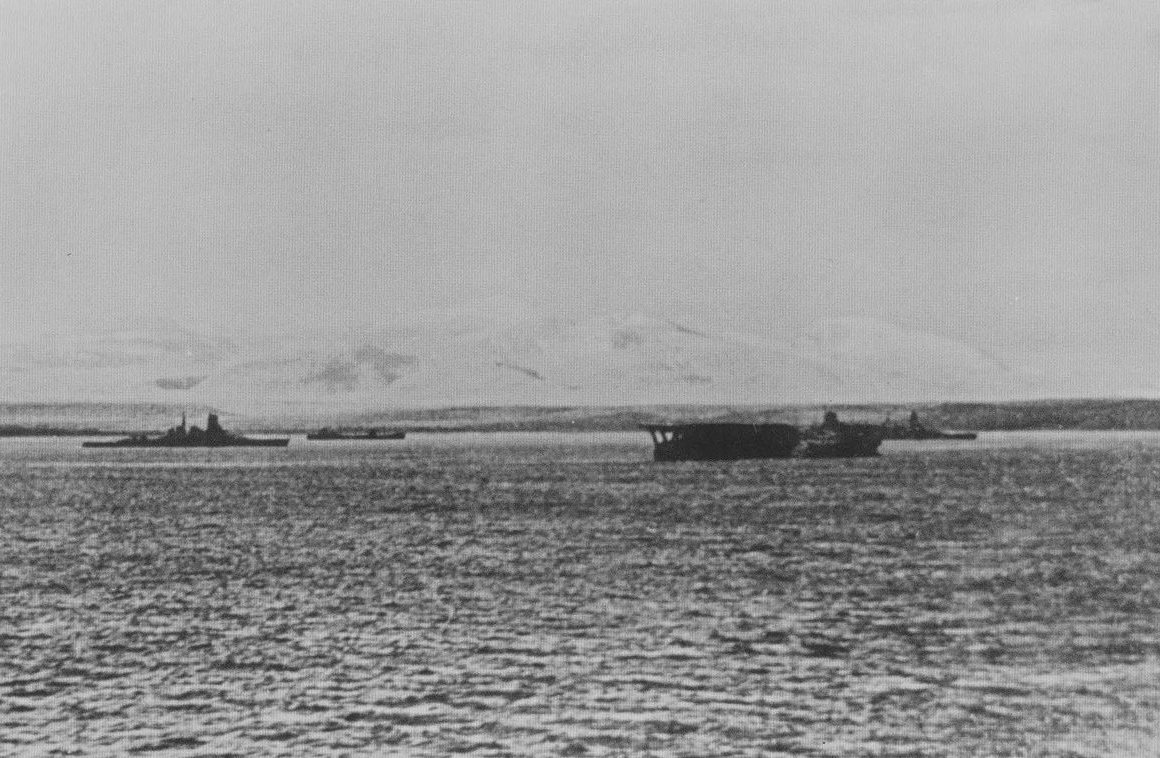 Imperial Japanese Navy, Wikimedia Commons
Imperial Japanese Navy, Wikimedia Commons
Pearl Harbor
Wanting to signal any potential allies of China that the Pacific was theirs, the planning thus began for the surprise attack on the United States. They wanted an act of aggression to signal they had what it took military-wise to divide and conquer.
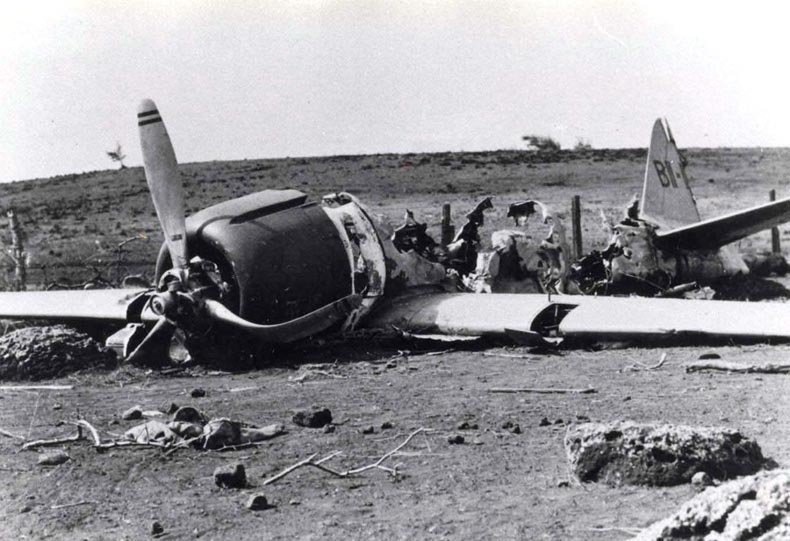 US Army, James Lansdale, Wikimedia Commons
US Army, James Lansdale, Wikimedia Commons
Pearl Harbor
After Japan’s surprise attack, the isolationist United States, still recovering from The Great Depression, officially entered WWII. The rest is, as they say, history.
 Unknown Author, Wikimedia Commons
Unknown Author, Wikimedia Commons
Battle Of Singapore
Japan’s eye on the West didn’t end at the United States in 1941. They began to assist the Germans in Europe by targeting the grandaddy of the British Empire.
 Imperial War Museums, Wikimedia Commons
Imperial War Museums, Wikimedia Commons
Battle Of Singapore
The nation of Singapore had been colonized by the British Empire in the 19th century and thus was a symbol of Western imperialism. Like Pearl Harbor, it was also a location that Japan could easily strike at within the Pacific.
 Nationaal Museum van Wereldculturen, CC BY 4.0, Wikimedia Commons
Nationaal Museum van Wereldculturen, CC BY 4.0, Wikimedia Commons
Battle Of Singapore
A seven-day battle began in February of 1942, which eventually saw Japan taking over the British stronghold. It was a significant strike to the morale of the Allies and further showed that Japan was as strong as Germany in the global conflict.
 Imperial War Museums, Wikimedia Commons
Imperial War Museums, Wikimedia Commons
Battle Of Singapore
The surrender of the British signaled that America and the Soviet Union would have to up their game in defeating the Axis. Some interpret this very battle as a moment of failure before ultimate glory.
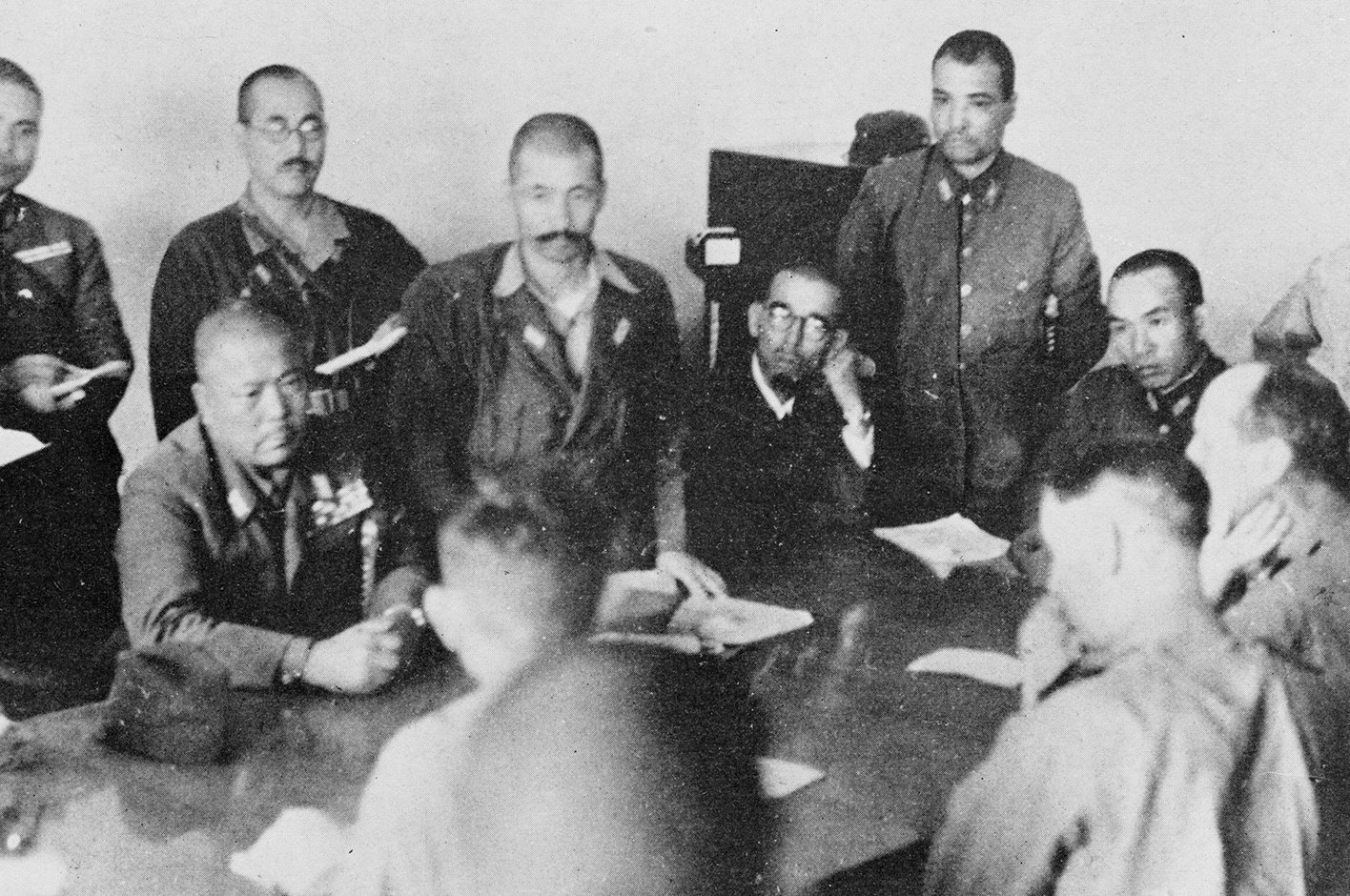 Imperial War Museums, Wikimedia Commons
Imperial War Museums, Wikimedia Commons
Battle Of Midway
Japan saw glory with Pearl Harbor and the Battle of Singapore, but it was rather short-lived in the grand scheme of things. In fact, there was a very large fall to their morale during the Battle of Midway in June of 1942.
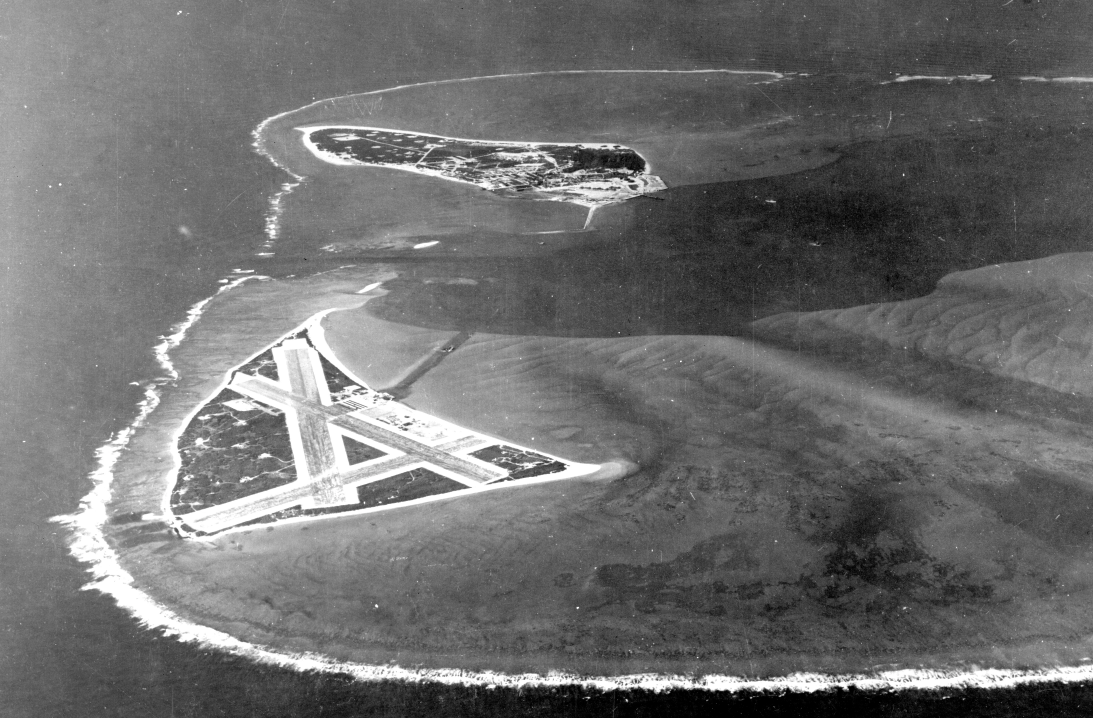 Naval History & Heritage Command, Wikimedia Commons
Naval History & Heritage Command, Wikimedia Commons
Battle Of Midway
A naval conflict that lasted three days between the United States and Japan, the victory by the former was seen as symbolic revenge for Pearl Harbor. Additionally, it was the first major victory for Allied forces during WWII.
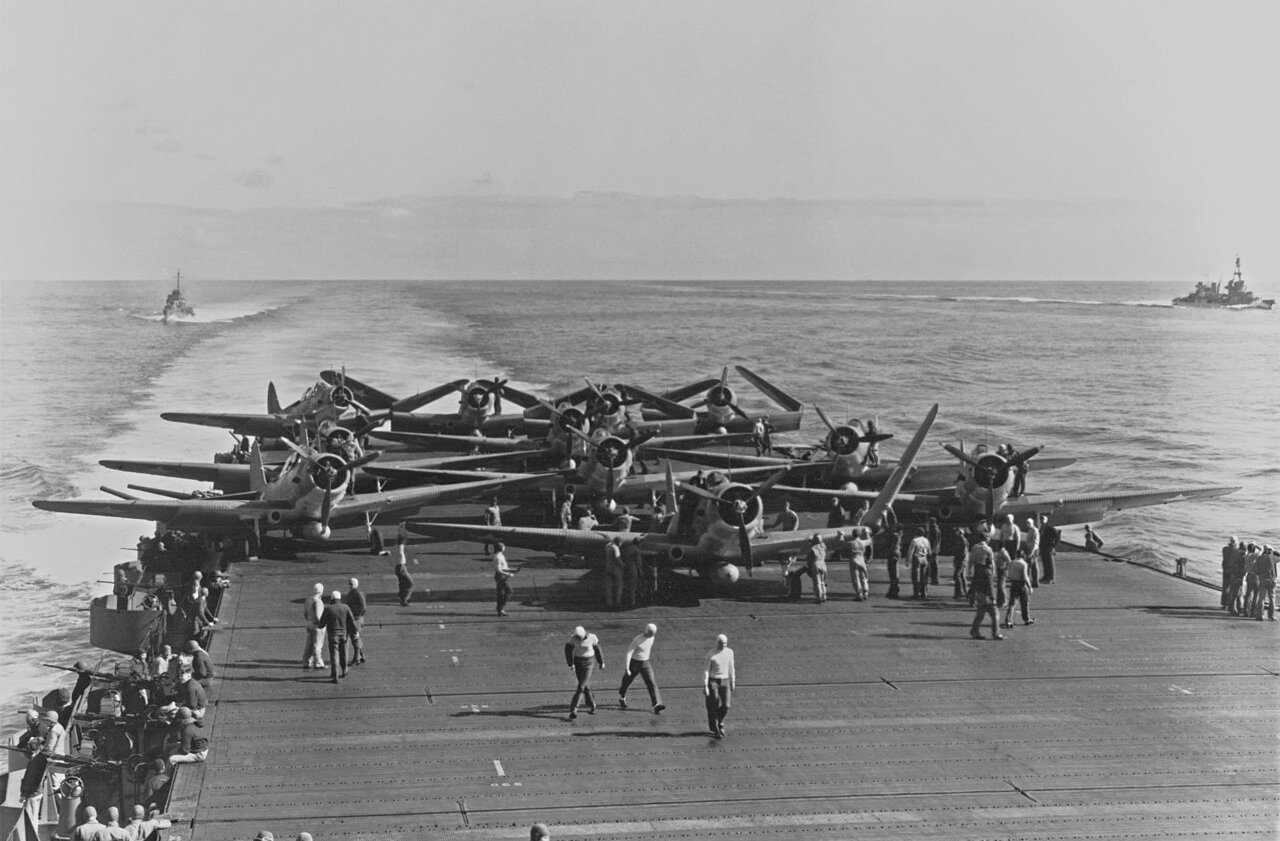 Naval History & Heritage Command, Wikimedia Commons
Naval History & Heritage Command, Wikimedia Commons
Battle Of Midway
What the loss in battle symbolized wasn’t just enough for a fall to the Japanese, but also the reductions they saw in manpower and resources. They lost over 3,000 sailors and four aircraft carriers during the three days.
 National Museum of the U.S. Navy, Wikimedia Commons
National Museum of the U.S. Navy, Wikimedia Commons
Battle Of Midway
While this conflict has been dramatized in many films, we recommend John Ford’s short documentary The Battle of Midway to see the action first-hand. It remains one of the greatest WWII films.
 US Navy. Directed by John Ford., Wikimedia Commons
US Navy. Directed by John Ford., Wikimedia Commons
Battle Of Stalingrad
Operation Barbarossa had caught Stalin off-guard, but the Soviets ultimately had what it took to launch a comeback against Germany. Throughout the conflict, The Red Army lost many in the way of men and women, but their morale never perished.
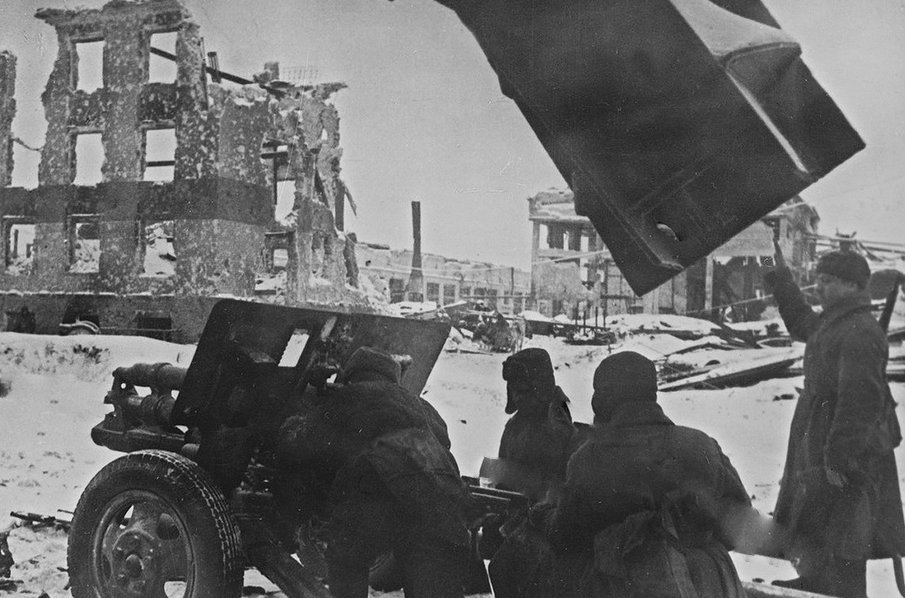 Unknown Author, Wikimedia Commons
Unknown Author, Wikimedia Commons
Battle Of Stalingrad
Nothing defined WWII for the Soviets more than the Battle of Stalingrad. Of course, the symbolic value was additionally important considering the city had been named after Stalin.
 Harry S. Truman Library & Museum, Wikimedia Commons
Harry S. Truman Library & Museum, Wikimedia Commons
Battle Of Stalingrad
Lasting from July 1942 to February 1943, the Battle of Stalingrad was the definition of grueling for both forces. The defense against the invading Germans was successful for the Soviets, but not without them losing what was estimated to be between 800,000 to 1,500,000 service members, or rather, the population of a small country.
 Unknown Author, Wikimedia Commons
Unknown Author, Wikimedia Commons
Battle Of Stalingrad
Germany had the support of Italy, Romania, Hungary, and Croatia in its invasion, but ultimately, the Soviets held strong. It put a major stopgap on the Führer’s further conquering of Europe.
 RIA Novosti archive, image #602161, Zelma, CC-BY-SA 3.0, Wikimedia Commons
RIA Novosti archive, image #602161, Zelma, CC-BY-SA 3.0, Wikimedia Commons
Battle Of The Atlantic
Britain’s morale went up and down during WWII, but a significant moment of glory came for them in the Battle of the Atlantic during May 1943. It was also a considerable loss for Germany only months after their deafening defeat at Stalingrad.
Battle Of The Atlantic
Germany’s naval power was impressive as their collection of U-boats was alone an intimidating force. The Germans had also targeted Britain specifically, being that as an island it was particularly vulnerable when it came to having supplies shipped by water.
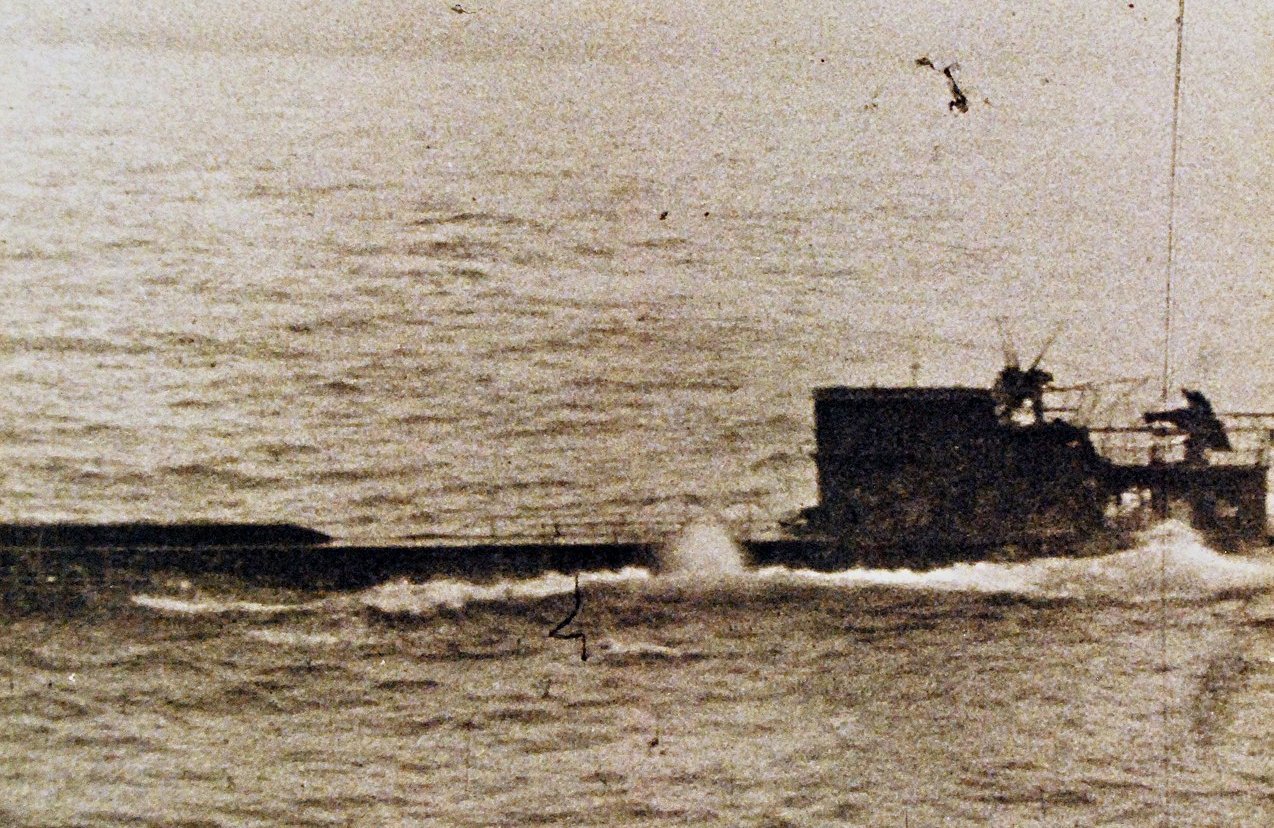 National Archives and Records Administration, Wikimedia Commons
National Archives and Records Administration, Wikimedia Commons
Battle Of The Atlantic
The Battle of the Atlantic encompassed many Allied forces besides Britain, including the United States, Canada, and Brazil. And they all worked successfully together to defeat the enemy, especially through the use of cutting-edge sonar technology.
Battle Of The Atlantic
The specific turning point was Black May, where together Britain and Canada destroyed 43 of the German submarines, significantly weakening their naval forces. Symbolically, it was for the Germans what the Battle of Midway was for Japan, showing that they were going to have to now rely on ground forces.
 Royal Navy, Tomlin, H W (Lt), Wikimedia Commons
Royal Navy, Tomlin, H W (Lt), Wikimedia Commons
Operation Overlord
The real blow to Germany during WWII was Operation Overlord, which began in June 1944 and saw the Allies overtake Western Europe. Of course, the D-Day landing was the iconic event that kicked it off.
 MIckStephenson, Wikimedia Commons
MIckStephenson, Wikimedia Commons
Operation Overlord
Operation Overlord continued for two more months, and the combined forces of the Allies worked together to achieve a decisive victory. The Allied forces included the United States, Canada, Britain, France, Australia, Greece as well as numerous other nations.
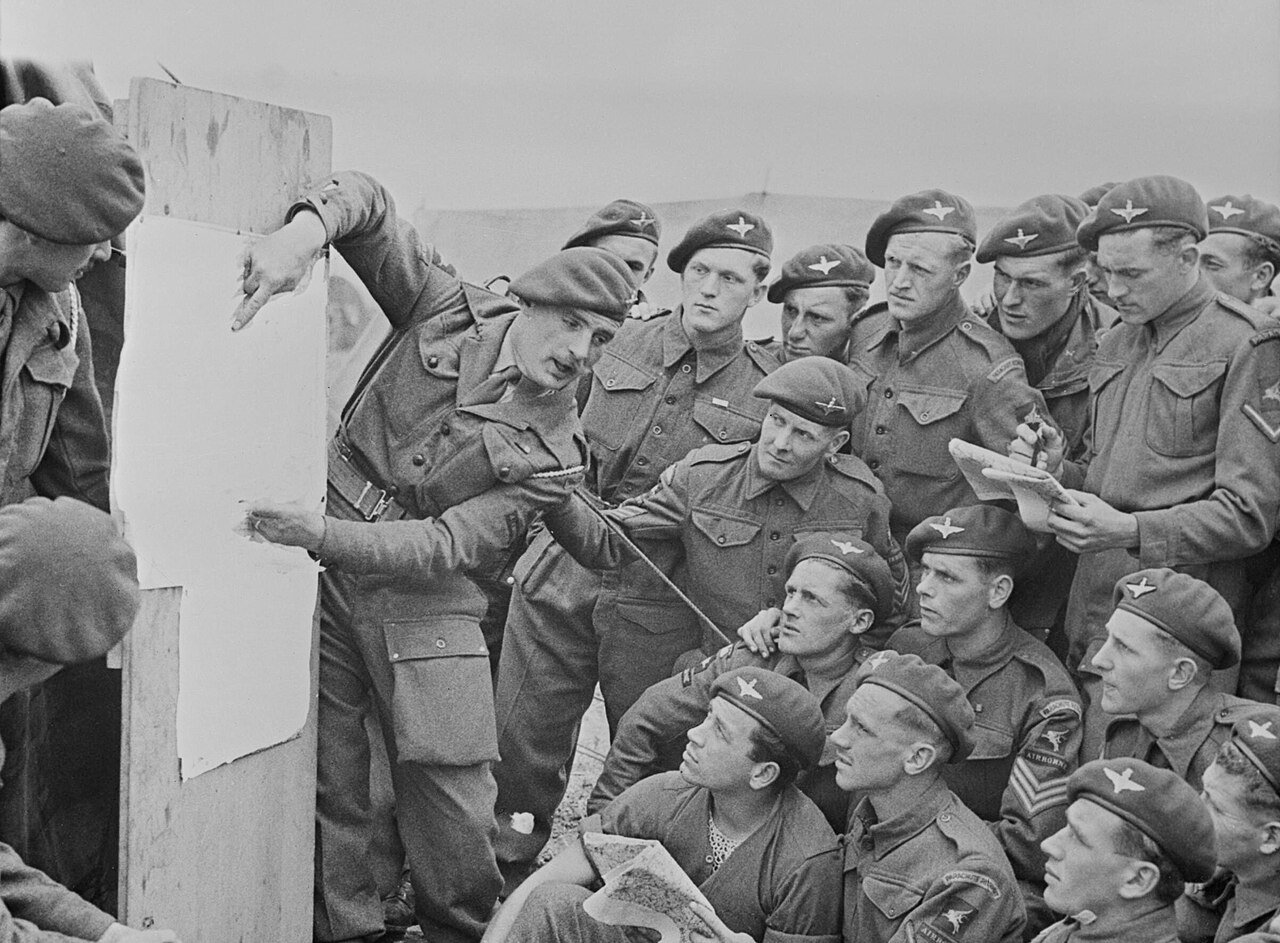 Malindine, E G (Capt), War Office official photographer, Wikimedia Commons
Malindine, E G (Capt), War Office official photographer, Wikimedia Commons
Operation Overlord
The Soviets did not participate in the D-Day landing, but that was due to them already fighting an offensive within Eastern Europe. You can imagine Stalin got the phone call and answered “We’re a little busy”.
 National Archives and Records Administration, Wikimedia Commons
National Archives and Records Administration, Wikimedia Commons
Operation Overlord
Part of the Operation Overlord legend admittedly has to do with Steven Spielberg’s 1998 film Saving Private Ryan, which dramatized the Omaha Beach landing in one of the most technically virtuosic sequences in cinema history. In some ways, it immortalized Operation Overlord as the definitive image of WWII.
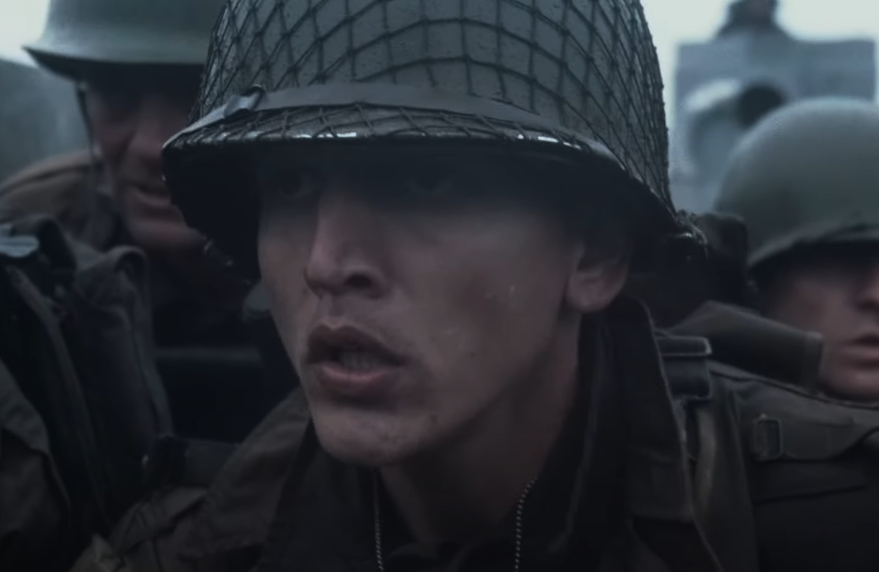 Paramount, Saving Private Ryan (1998)
Paramount, Saving Private Ryan (1998)
Hiroshima & Nagasaki
The United States government officially began The Manhattan Project on August 13, 1942 with the mission of developing an atomic arsenal to use against Germany to end WWII. However, complications as to that intent arose when the Germans surrendered in May 1945.
 National Archives, Wikimedia Commons
National Archives, Wikimedia Commons
Hiroshima & Nagasaki
The next step for the United States government was a complicated one, but they moved forward and decided on Japan as the target of the bombs they named “Fat Man” and "Little Boy”. They decided on the cities of Hiroshima and Nagasaki as the recipients.
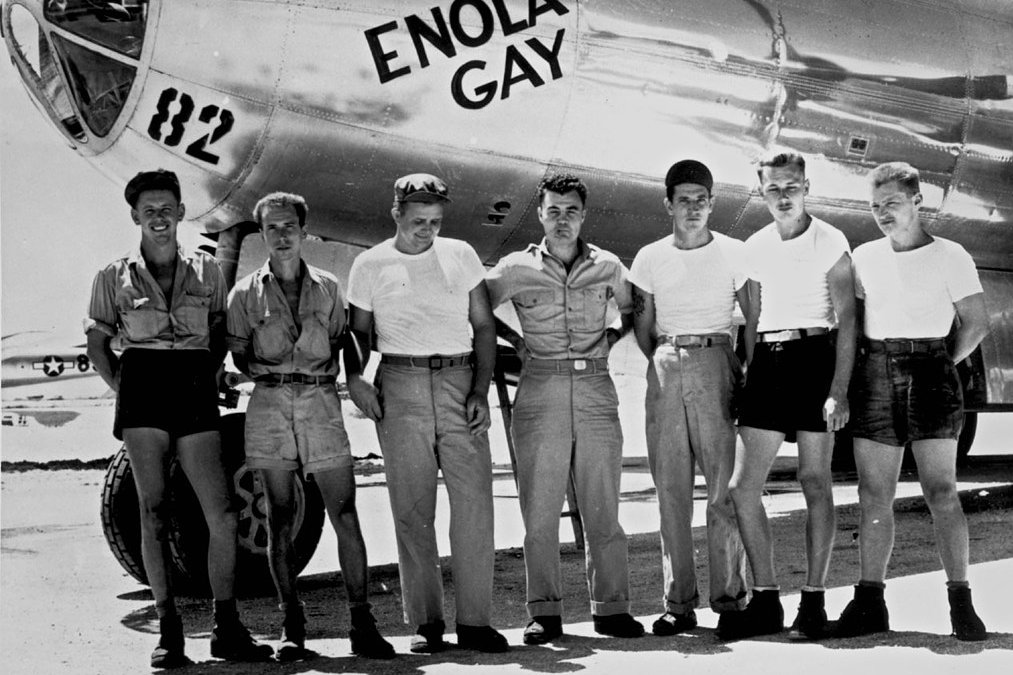 Wayback Machine, Wikimedia Commons
Wayback Machine, Wikimedia Commons
Hiroshima & Nagasaki
The United States’ motivation for this brutal operation has been the source of much argument. Some think they had to do it to defeat Japan once and for all to officially end WWII whereas others say it was an act of second-hand aggression against the Soviets who would’ve ended it themselves and claimed the glory.
 United States Army, Wikimedia Commons
United States Army, Wikimedia Commons
Hiroshima & Nagasaki
Regardless of what the true intent was, the drop was devastating to both cities in terms of casualties and the lingering effects of radiation. The race to develop further nuclear weapons also opened up the Cold War of the 50s and decades more of arms-building grandstanding from both the West and the East.
You May Also Like:
The Most Important Events Of WWI


